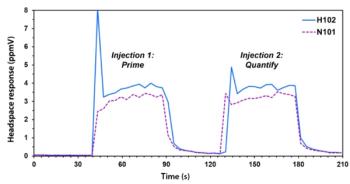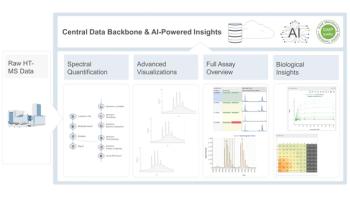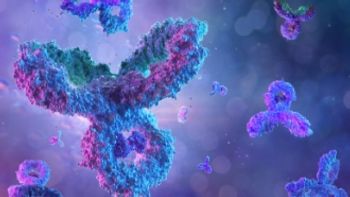
Supercritical Fluid Chromatography-Tandem Mass Spectrometry used to Detect Pesticides in Grain
To detect certain pesticides in rice, wheat, and maize, scientists recently developed a new SFC-MS/MS technique.
To detect certain pesticides in rice, wheat, and maize, scientists from the Institute of Grain and Oil Quality Supervision and Test of Fujian Province and the College of Jinshan developed a new supercritical fluid chromatography-tandem mass spectrometry (SFC-MS/MS) technique. Their work was published in the Journal of Separation Science (1).
The technique was specifically meant to detect nine pesticides rapidly and simultaneously: carbendazim, isoprocarb, paclobutrazol, isoprothiolane, flusilazole, quinalphos, piperonylbutoxide, propargite, and bioresmethrin. These pesticides are used to protect plants in different ways, such as controlling plant diseases or regulating plant growth (2–3). The cereal samples were extracted with an acetonitrile solution that contained 0.5% acetic acid, specifically using a QuEChERS method. Additionally, the samples were characterized using multi-reaction monitoring, being quantified with the external standard method.
All nine pesticides displayed linearities (R2 > 0.9991) and limits of quantification (0.4–40.0 μg/kg). Additionally, satisfactory pesticide recovery rates (62.2%–107.4%) were obtained at three standard concentrations (50, 100 and 200 µg/kg), with relative standard deviations in the range of 2.1%–14.3%. This data led to the conclusion that this method was suitable for routinely detecting these pesticides in grain samples. When compared to high-performance liquid chromatography-tandem mass spectrometry (HPLC-MS/MS), the SFC-MS/MS method had a shorter test run time (reduced by 66%) and required less solvent (reduced by 90%) when applied. This led to the method being perceived as having greater analytical efficiency, allowing for economic and environmental sustainability.
References
(1) Xie, T.; Huang, J.; Wu, J.; Zhang, Q. Evaluation of supercritical fluid chromatography coupled to tandem mass spectrometry for the analysis of pesticide residues in grain. J. Sep. Sci. 2023,2300623. DOI:
(2) Yu, Y.; Chu, X.; Pang, G.; Xiang, Y.; Fang, H. Effects of repeated applications of fungicide carbendazim on its persistence and microbial community in soil. J. Environ. Sci. (China) 2009, 21 (2), 179–185. DOI:
(3) Paclobutrazol. ScienceDirect 2021.
Newsletter
Join the global community of analytical scientists who trust LCGC for insights on the latest techniques, trends, and expert solutions in chromatography.




